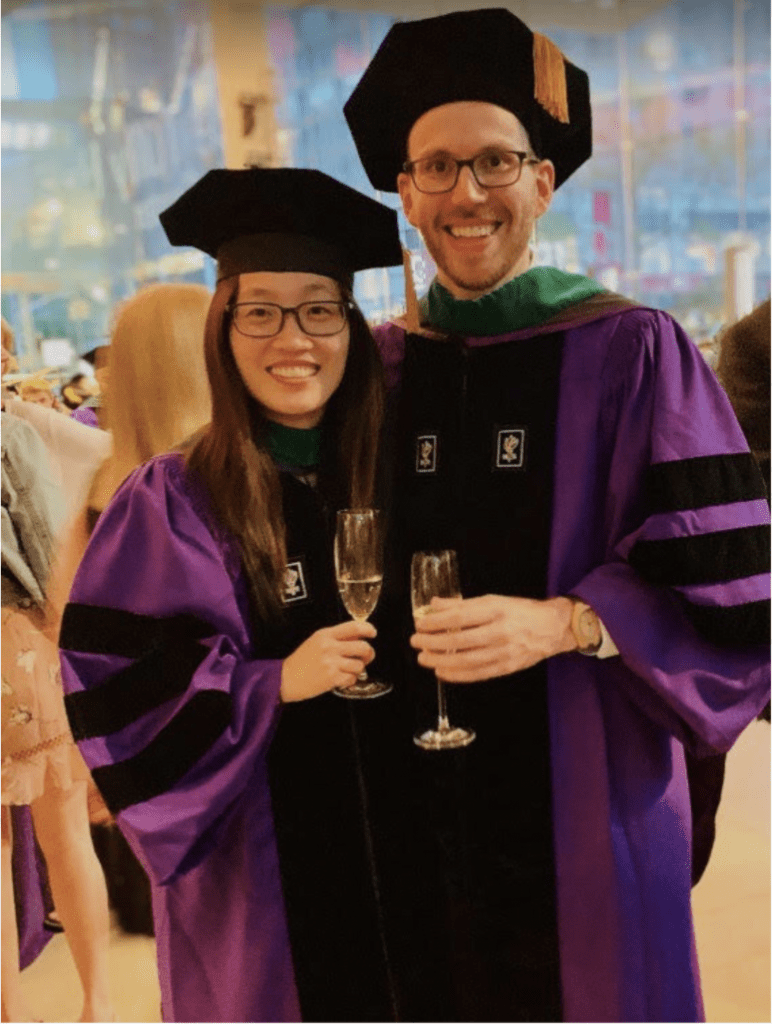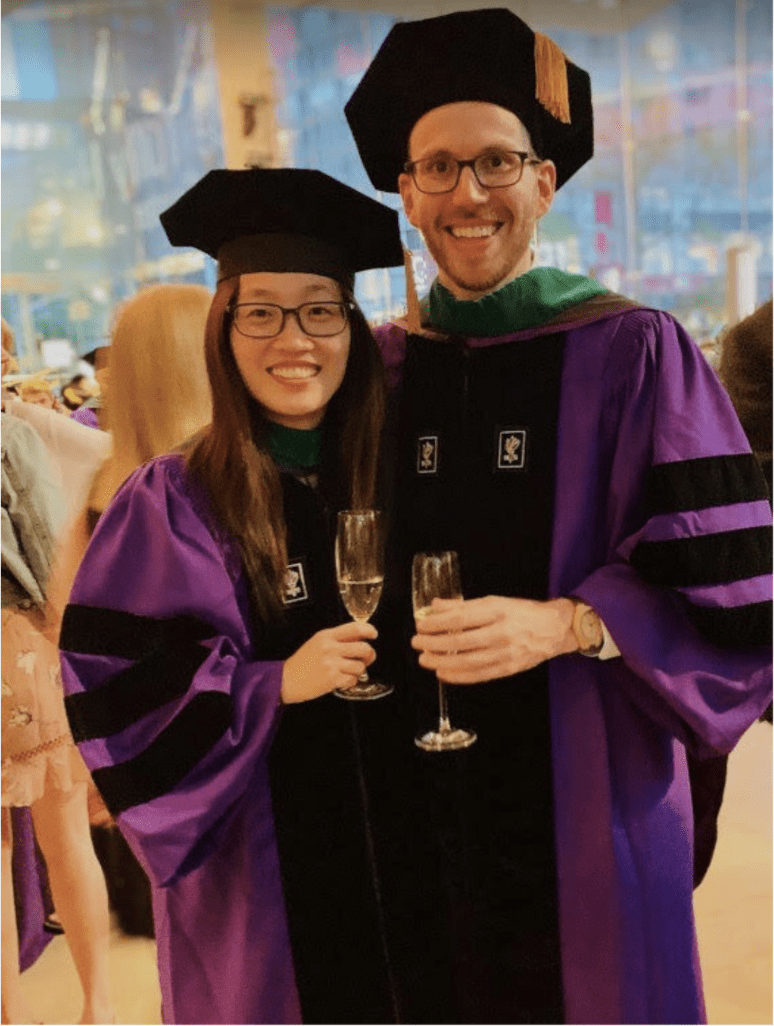
Like most fortuitous encounters in my Amherst College career, I met Dr. Victoria Fang ‘11 through Professor Sheila Jaswal. I noticed the LinkedIn message while switching between tabs, taking breaks from the Google slides page on which I prepared slides for my first journal club. Not only was this the first journal club I was to attend, but at the time I did not know what a journal club was. Even after learning that journal clubs were essentially meetings where individuals could discuss academic literature, I had no idea how I would lead senior investigators in discussion. With each paper I read and talk I listened to, I found myself wildly fascinated by the subject matter, left with questions about potential experiments and even more about how I could possibly deserve to be part of the team devising them. Doubting that my thoughts were the right ones to share at a journal club, I clicked through other open tabs, searching for a distraction. So, when I absentmindedly clicked on Professor Jaswal’s LinkedIn message, you can imagine my surprise to see the word “JRNLclub” interrupt my distractions from my own upcoming journal club preparations.
While Professor Jaswal did not know about my journal club meeting, she did know that Amherst College alumna Dr. Victoria Fang ‘11 started JRNLclub, an organization that helps researchers stay up to date on scientific research by uploading engaging talks by authors alongside their publications. Given our shared goal of sharing scientific research so that it is more accessible, Professor Jaswal suggested that Dr. Fang and I talk. In the days leading up to our conversation, I was excited for two main reasons: first, I get energized by hearing others talk about the ways they improve their communities; and second, if anyone could assuage my nerves and energize me for the upcoming journal club, it would be the woman so inspired by journal clubs that she named an organization after them.
In the fall of 2007, Dr. Fang entered Amherst College planning to double major in Neuroscience and Philosophy with the goal of becoming a patent lawyer, although her path changed directions quite a few times. After a few semesters, she didn’t want to limit her coursework to neuroscience (nor did she end up taking any philosophy courses), and she switched to a major in biology. She also noticed her interest in law shifted to a desire to do scientific research, teach others, and mentor students. She recalled learning from fantastic teachers like Professors Goutte, Hood, Jaswal, among numerous others and dreamed of having their job in the future. “[She] wanted to be able to talk science with students, teach and mentor them, and invite classes to [her] home for science and dinner nights, as she had experienced. ” She conducted her honors thesis research in Professor Caroline E. Goutte’s lab. And finally, surrounded by pre-med students in her science courses, she couldn’t help but consider a medical career, frankly, because “everybody else was thinking about it.” After numerous conversations with her mentors, more senior Amherst students, and even cold-calling alum in the biomedical fields for advice, she decided to apply for MD-PhD programs, which she found to be “the perfect marriage of think[ing] about science, certainly, and…helping people.”
So from one purple school to another, Dr. Fang matriculated into NYU’s MD-PhD program several weeks after graduating from Amherst College. She had a wonderful time there developing her skills as a scientist and clinician. It was towards the tail-end of her time at NYU that she came up with the idea for JRNLclub. She recalled the difficulty in staying up to date with the scientific literature throughout her PhD. Dr. Fang estimates that nine out of ten scientists would say, “I wish I read more or kept up with the literature more,” but it is a time-consuming process. She wanted to make it easier for scientists to stay current on new research. Most scientists enjoy attending scientific talks, watching someone explain their findings, and sharing their motivation and the stories behind the experiments. So, Dr. Fang’s idea was that research papers should be accompanied by an engaging short talk given by the author(s) describing the findings.
That is what JRNLclub does—authors give recorded talks on their recently published biomedical research papers. She notes that the COVID pandemic made the platform resonate even more strongly with other scientists, as in-person scientific talks and conferences were canceled, and virtual talks became the norm.
Because she felt the JRNLclub idea was so intuitive, Dr. Fang recalled that she worried someone else or any established company could take on the project with more experience and resources at their disposal. During the early days of JRNLclub, Dr. Fang shared this fear with a friend who reassured her. He pointed out that although “A lot of these companies have a lot of money and resources, but … don’t underestimate the fact that you want to do it. You know, there are millions of people, billions of people in the world, and like no one has had the time and the passion to do it. So, don’t discount that.” Simply put, there’s tremendous value simply in your own willingness to do something.
Dr. Victoria Fang’s path was paved by her willingness to take on each next step. She gave herself the space to switch her aspirations from patent lawyer to physician-scientist, pursue an MD-PhD right after undergrad, and share scientific talks with a broader audience through JRNLclub. Throughout this journey, however, she shares her own doubts. In fact, she does so with a humanness that guides those around her to take on their own journal clubs.

You must be logged in to post a comment.